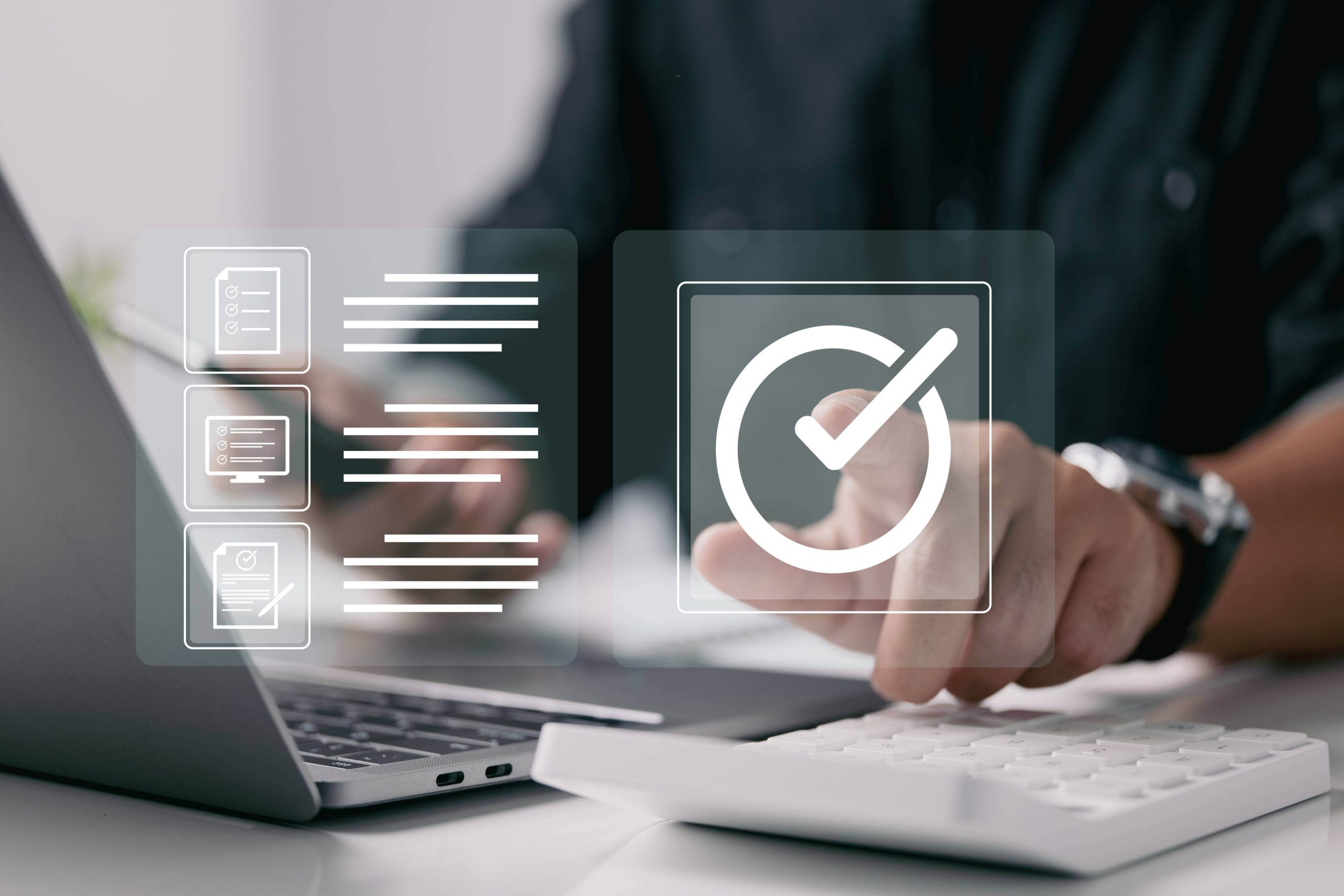In today’s complex regulatory landscape, organizations face increasing pressure to maintain compliance with a myriad of regulations. Effective compliance monitoring is essential to mitigate risks, avoid penalties, and ensure operational integrity. As we look toward 2025, several compliance monitoring tools have emerged as leaders in the market, offering robust features designed to streamline compliance processes and enhance organizational effectiveness. This article explores the best compliance monitoring tools for 2025, highlighting their key features and benefits.
Understanding Compliance Monitoring
Compliance monitoring refers to the systematic process of ensuring that an organization adheres to applicable laws, regulations, standards, and internal policies. This involves tracking compliance status, identifying potential risks, and implementing corrective actions when necessary. Effective compliance monitoring helps organizations avoid legal penalties, maintain customer trust, and uphold their reputations.
Why Compliance Monitoring Matters
- Risk Mitigation: Proactive compliance monitoring identifies potential risks early, allowing organizations to address issues before they escalate.
- Regulatory Adherence: With regulations constantly evolving, compliance monitoring ensures that organizations stay up-to-date with the latest requirements.
- Operational Efficiency: Automated compliance monitoring tools streamline processes, reducing the administrative burden on staff and enabling them to focus on critical tasks.
- Enhanced Transparency: Robust compliance monitoring fosters transparency within the organization, promoting a culture of accountability and ethical behavior.
Top Compliance Monitoring Tools for 2025
1. LogicGate
Overview: LogicGate is a flexible risk and compliance management platform that offers comprehensive compliance monitoring capabilities.
Key Features:
- Customizable workflows for compliance processes
- Real-time dashboards for monitoring compliance status
- Integration with existing systems for seamless data flow
- Automated alerts and notifications for compliance deadlines
Benefits: LogicGate’s user-friendly interface and customizable features enable organizations to tailor compliance monitoring to their specific needs, enhancing efficiency and effectiveness.
2. RSA Archer
Overview: RSA Archer is a leading governance, risk, and compliance (GRC) platform that provides robust compliance monitoring tools.
Key Features:
- Comprehensive risk management and compliance dashboards
- Automated reporting and analytics
- Integration with third-party tools for enhanced functionality
- Role-based access controls for data security
Benefits: RSA Archer’s extensive features empower organizations to manage compliance and risk effectively, ensuring they stay ahead of regulatory requirements.
3. ComplyAdvantage
Overview: ComplyAdvantage specializes in compliance monitoring for financial institutions, focusing on anti-money laundering (AML) and know your customer (KYC) regulations.
Key Features:
- Real-time screening against global sanctions lists
- Automated transaction monitoring for suspicious activities
- Risk assessment tools for customer onboarding
- Comprehensive reporting capabilities
Benefits: ComplyAdvantage’s AI-driven approach enables financial organizations to streamline compliance monitoring while mitigating risks associated with financial crimes.
4. MetricStream
Overview: MetricStream offers a GRC platform that helps organizations manage compliance, risk, and audit processes efficiently.
Key Features:
- Centralized compliance management dashboard
- Automated compliance assessments and audits
- Integration with existing systems for data accuracy
- Real-time reporting and analytics
Benefits: MetricStream’s comprehensive compliance monitoring tools allow organizations to maintain regulatory adherence while improving overall operational efficiency.
5. IBM OpenPages
Overview: IBM OpenPages is an integrated risk management solution that offers compliance monitoring capabilities for enterprises.
Key Features:
- Automated compliance workflows and assessments
- Centralized repository for compliance documentation
- Advanced analytics for risk identification
- Integration with enterprise systems for seamless data sharing
Benefits: IBM OpenPages provides organizations with a holistic view of their compliance landscape, enabling proactive management of regulatory obligations.
6. ZenGRC
Overview: ZenGRC is a cloud-based compliance management tool designed to simplify compliance monitoring for organizations of all sizes.
Key Features:
- User-friendly interface for easy navigation
- Automated risk assessments and compliance tracking
- Customizable compliance checklists and workflows
- Real-time dashboards for monitoring compliance status
Benefits: ZenGRC’s straightforward approach to compliance monitoring allows organizations to enhance their compliance efforts without overwhelming their teams.
7. SAI Global Compliance 360
Overview: SAI Global’s Compliance 360 is a comprehensive compliance management solution that offers robust monitoring features.
Key Features:
- Centralized compliance documentation and reporting
- Automated incident management and workflow tracking
- Risk assessment tools for identifying compliance gaps
- Integration with existing enterprise systems
Benefits: Compliance 360 empowers organizations to streamline their compliance processes and maintain a consistent approach to regulatory adherence.
8. Qualys
Overview: Qualys is a cloud-based security and compliance platform that provides comprehensive compliance monitoring tools.
Key Features:
- Continuous monitoring and assessment of compliance status
- Automated vulnerability scanning and reporting
- Integration with various industry standards (e.g., PCI, HIPAA)
- Real-time dashboards for visibility into compliance posture
Benefits: Qualys’ proactive approach to compliance monitoring helps organizations identify vulnerabilities and ensure adherence to regulatory requirements.
9. TrustArc
Overview: TrustArc specializes in privacy compliance and offers tools for managing regulatory requirements such as GDPR and CCPA.
Key Features:
- Automated privacy assessments and reporting
- Data mapping tools for tracking personal information
- Compliance monitoring dashboards for real-time insights
- Integration with data management systems
Benefits: TrustArc’s focus on privacy compliance enables organizations to effectively manage their data protection obligations while ensuring regulatory adherence.
10. NAVEX Global
Overview: NAVEX Global provides a suite of compliance solutions, including tools for risk management and compliance monitoring.
Key Features:
- Automated compliance training and reporting
- Centralized compliance documentation and resources
- Incident management and reporting features
- Integration with existing business applications
Benefits: NAVEX Global’s comprehensive compliance monitoring solutions help organizations foster a culture of compliance and accountability.
Implementing Compliance Monitoring Solutions
1. Assess Your Organization’s Needs
Before selecting a compliance monitoring tool, assess your organization’s specific compliance requirements and objectives. Identify the regulations you need to adhere to and the processes that require automation.
2. Involve Key Stakeholders
Engage key stakeholders, including compliance officers, IT staff, and department heads, in the decision-making process. Collect feedback on their needs and preferences to ensure the chosen solution meets the organization’s requirements.
3. Research Available Options
Conduct thorough research on various compliance monitoring tools, comparing features, pricing, and user reviews. Consider requesting demos or free trials to evaluate the systems in action.
4. Provide Comprehensive Training
Once you’ve selected a compliance monitoring solution, provide comprehensive training to ensure all team members are comfortable using the new software. Ongoing support and resources should be available to help users navigate challenges.
5. Monitor and Optimize
After implementation, regularly monitor the system’s performance and gather feedback from users. Use this information to optimize workflows and make necessary adjustments to improve efficiency.
Conclusion
As regulatory demands continue to evolve, organizations must prioritize compliance monitoring to mitigate risks and enhance operational integrity. The best compliance monitoring tools for 2025 offer robust features that streamline compliance processes, improve accuracy, and foster transparency. By investing in effective compliance monitoring solutions, organizations can position themselves for success in a complex regulatory landscape.Read More








